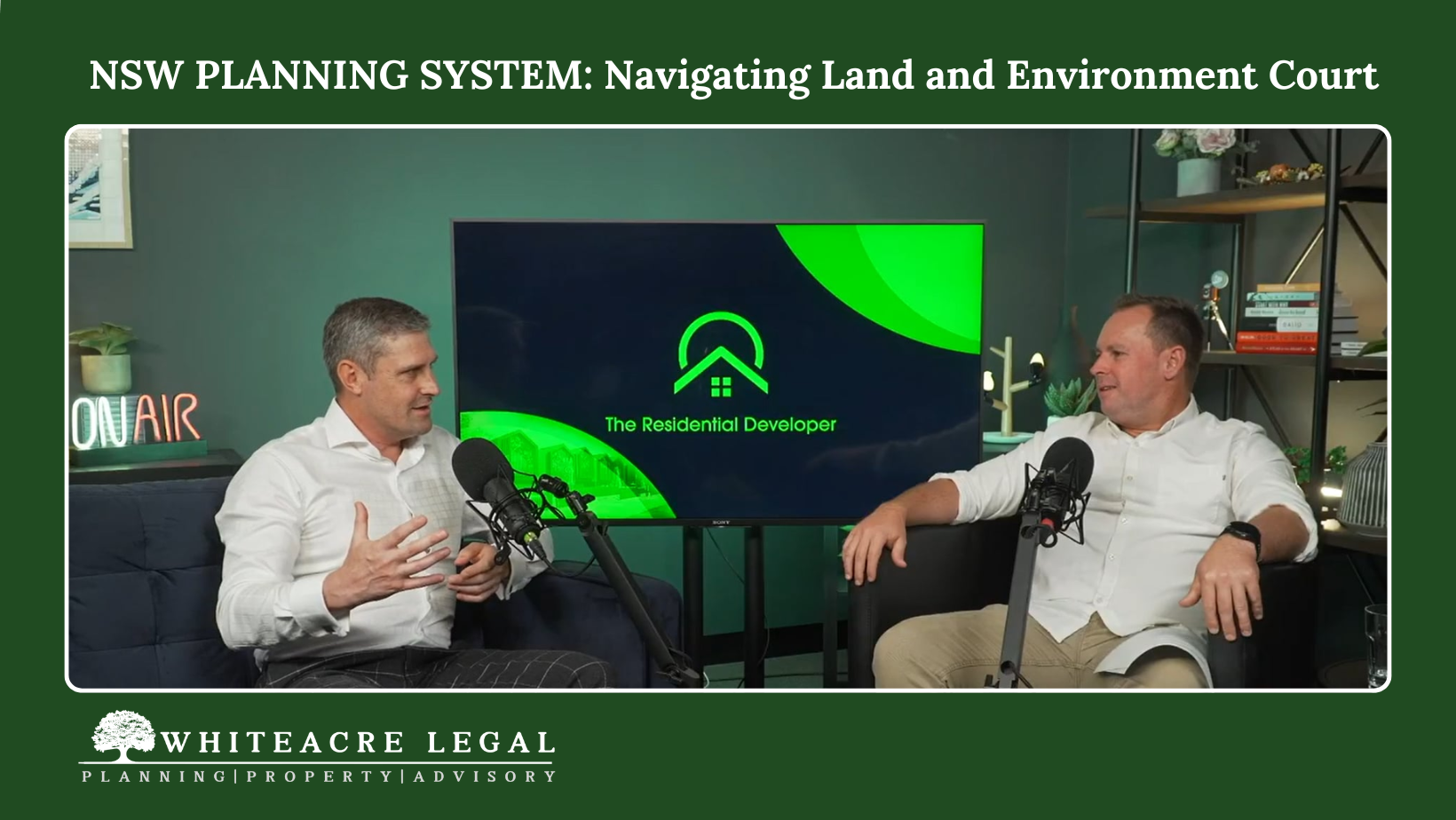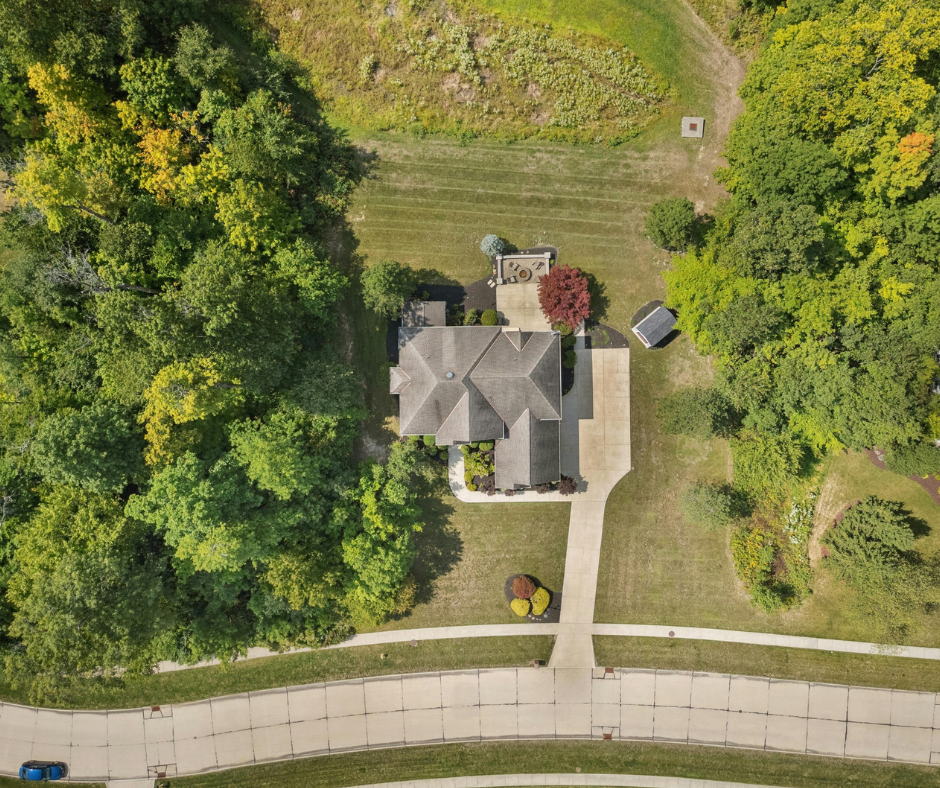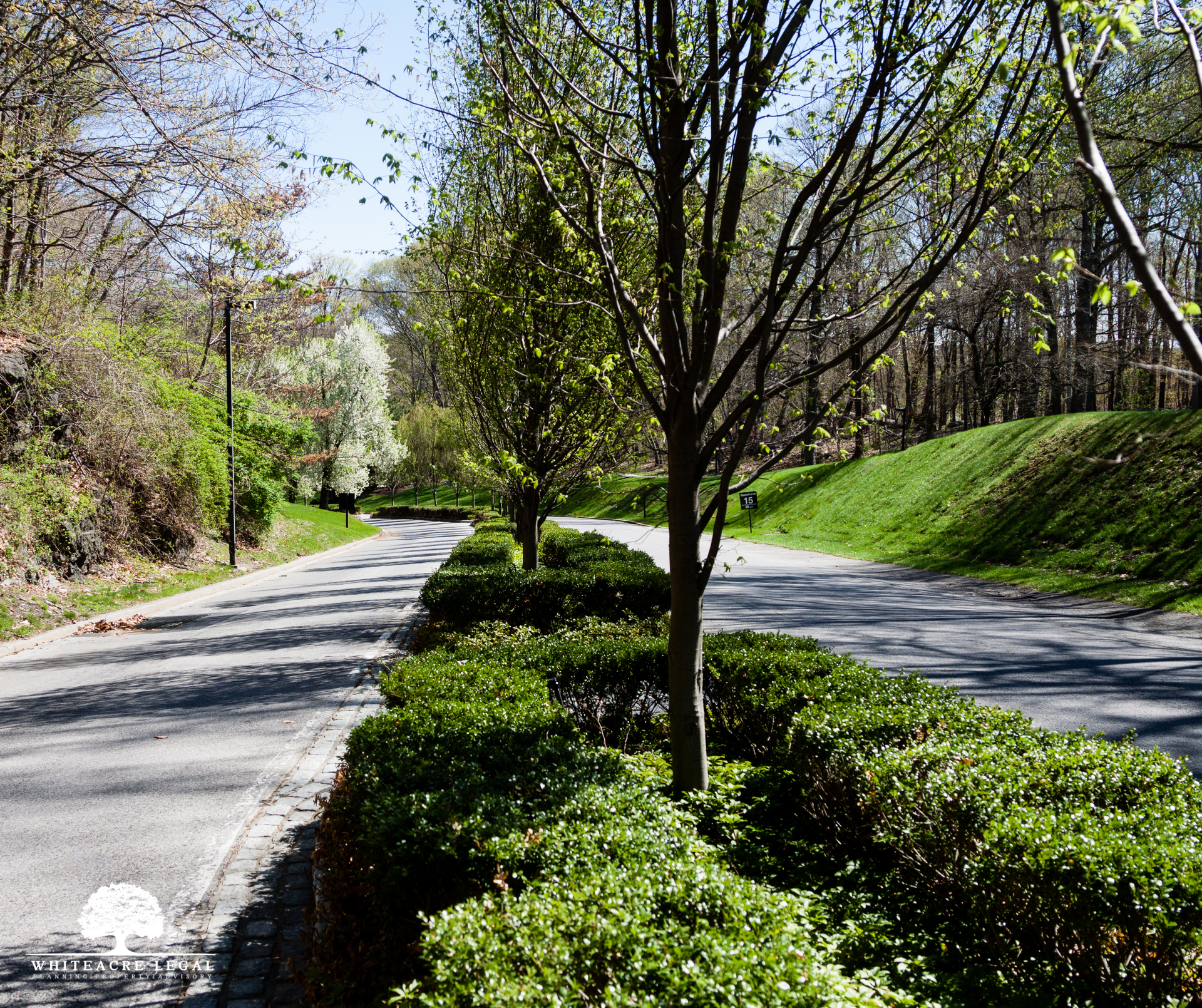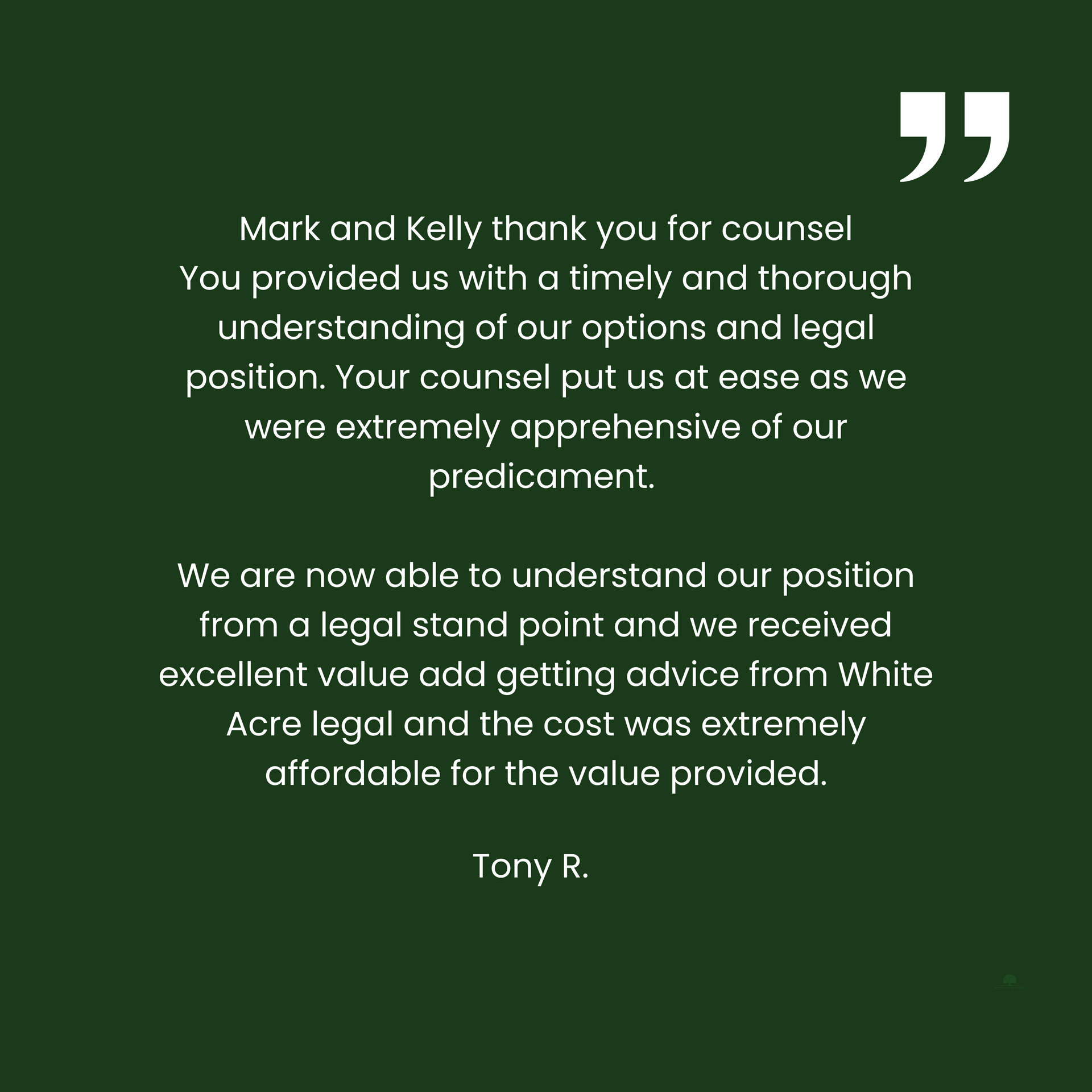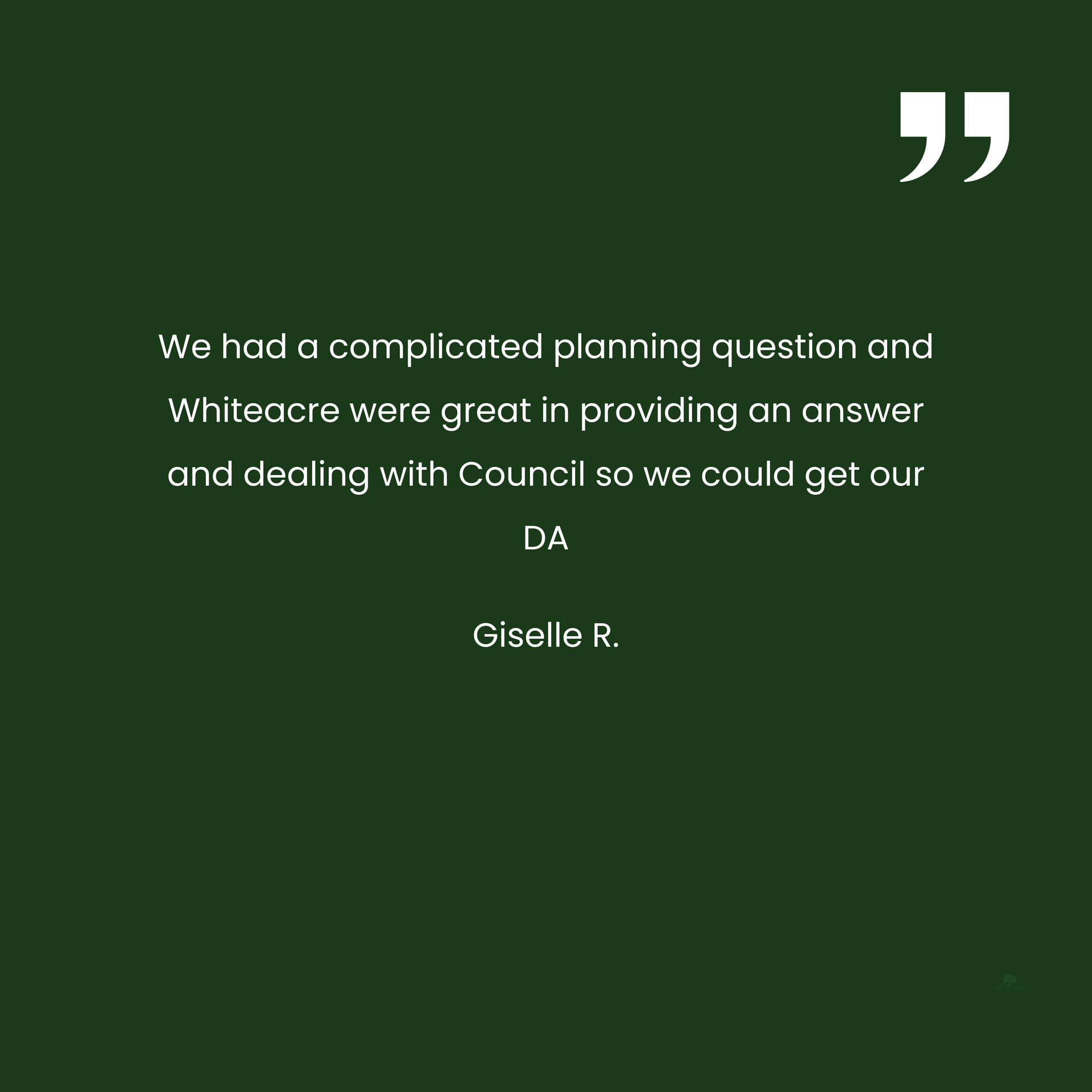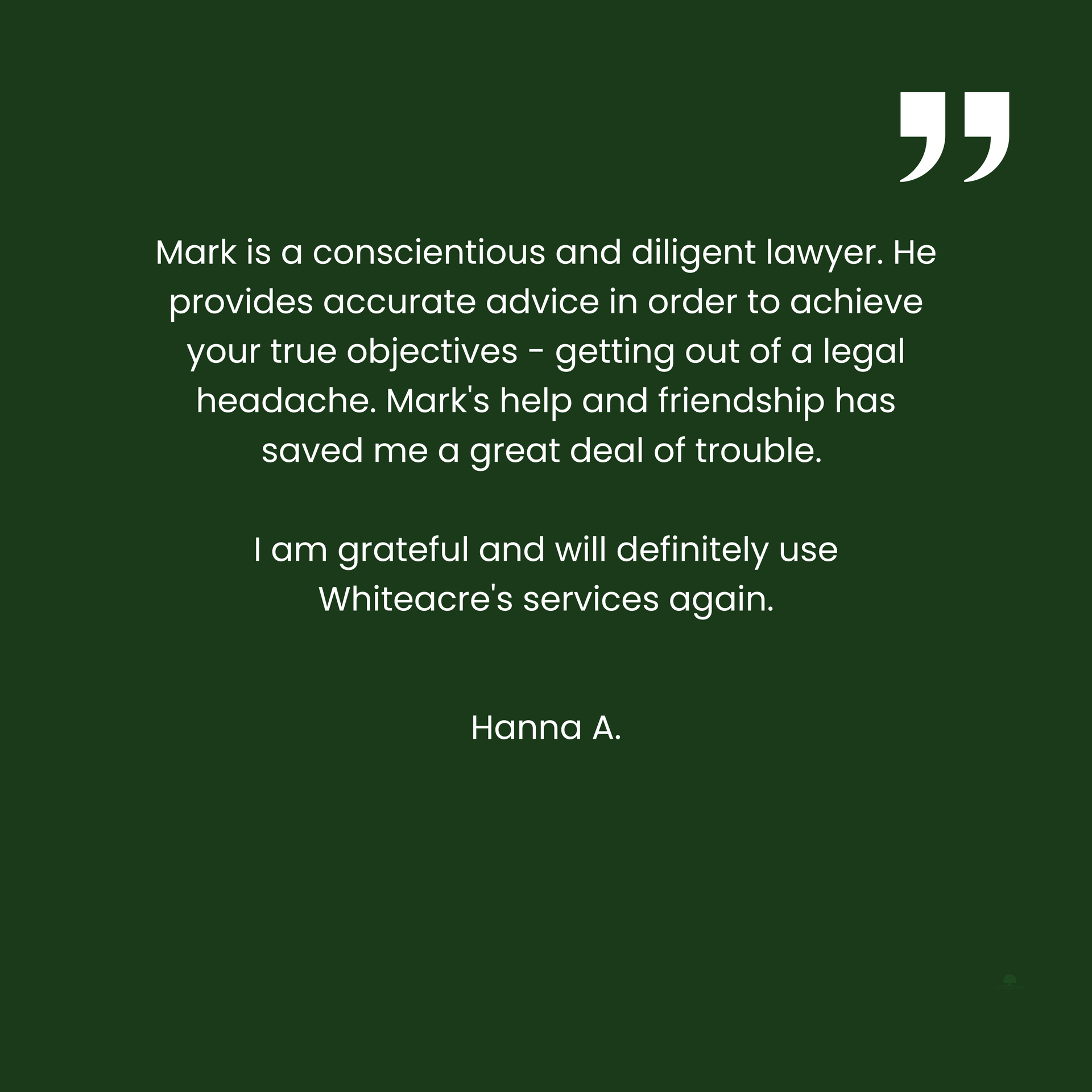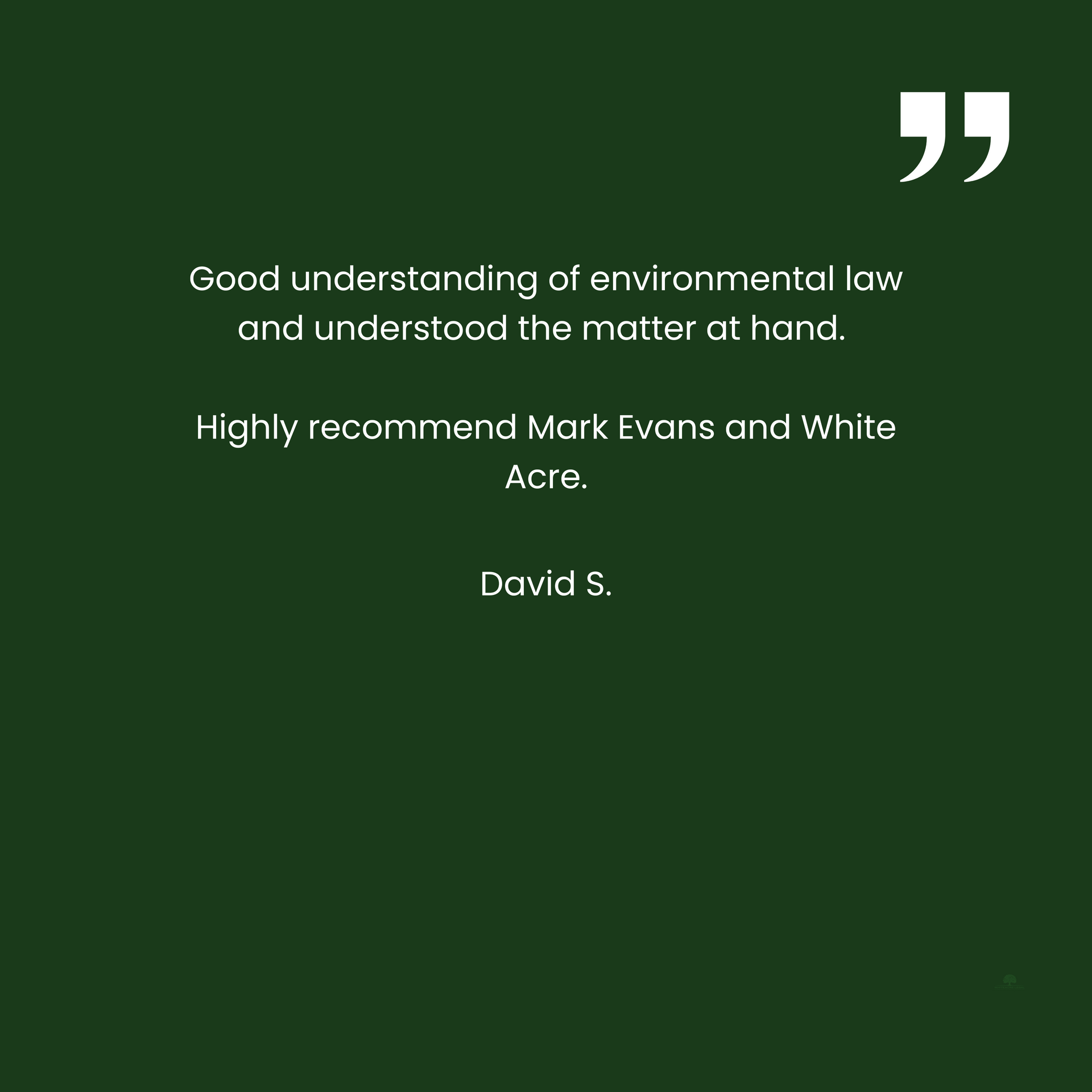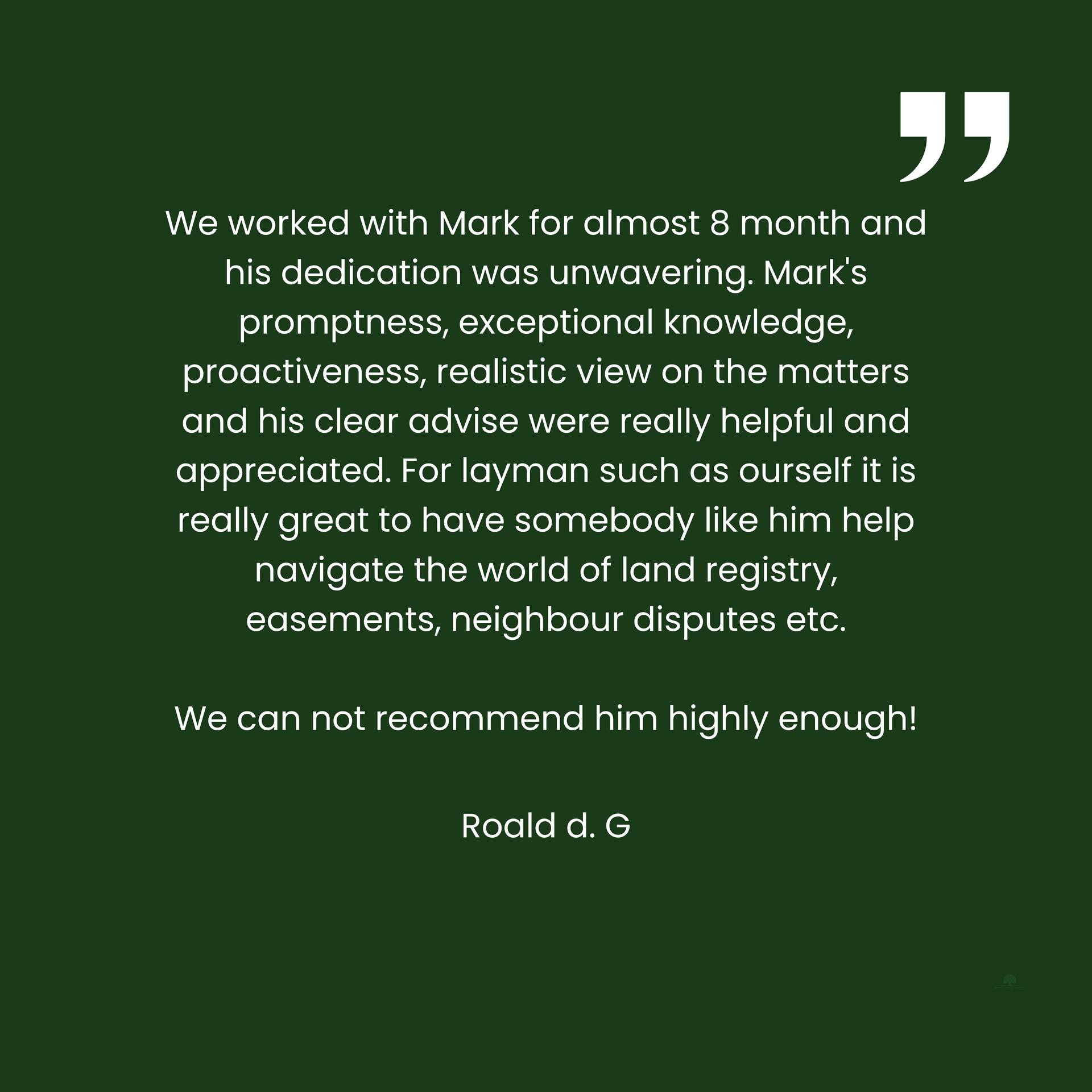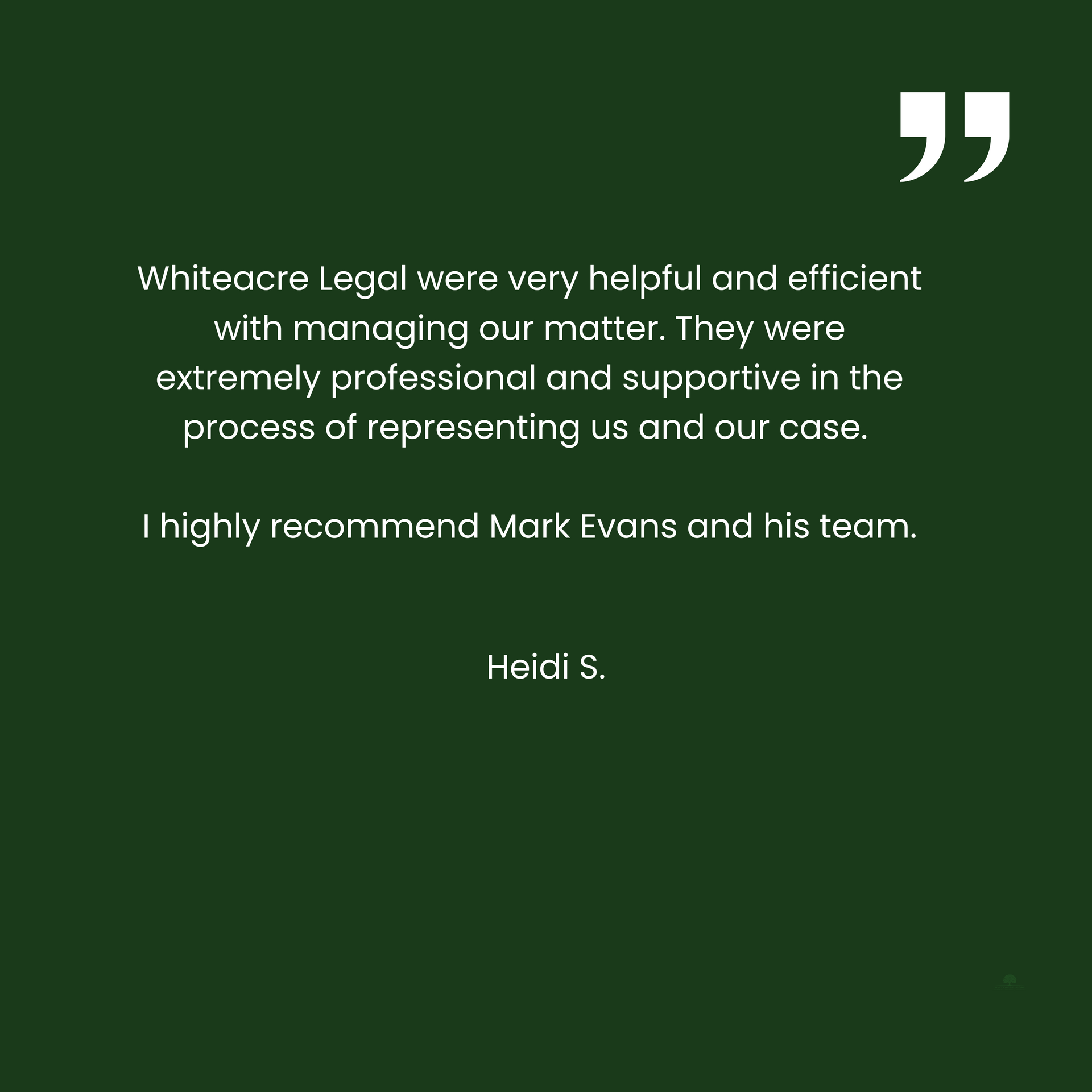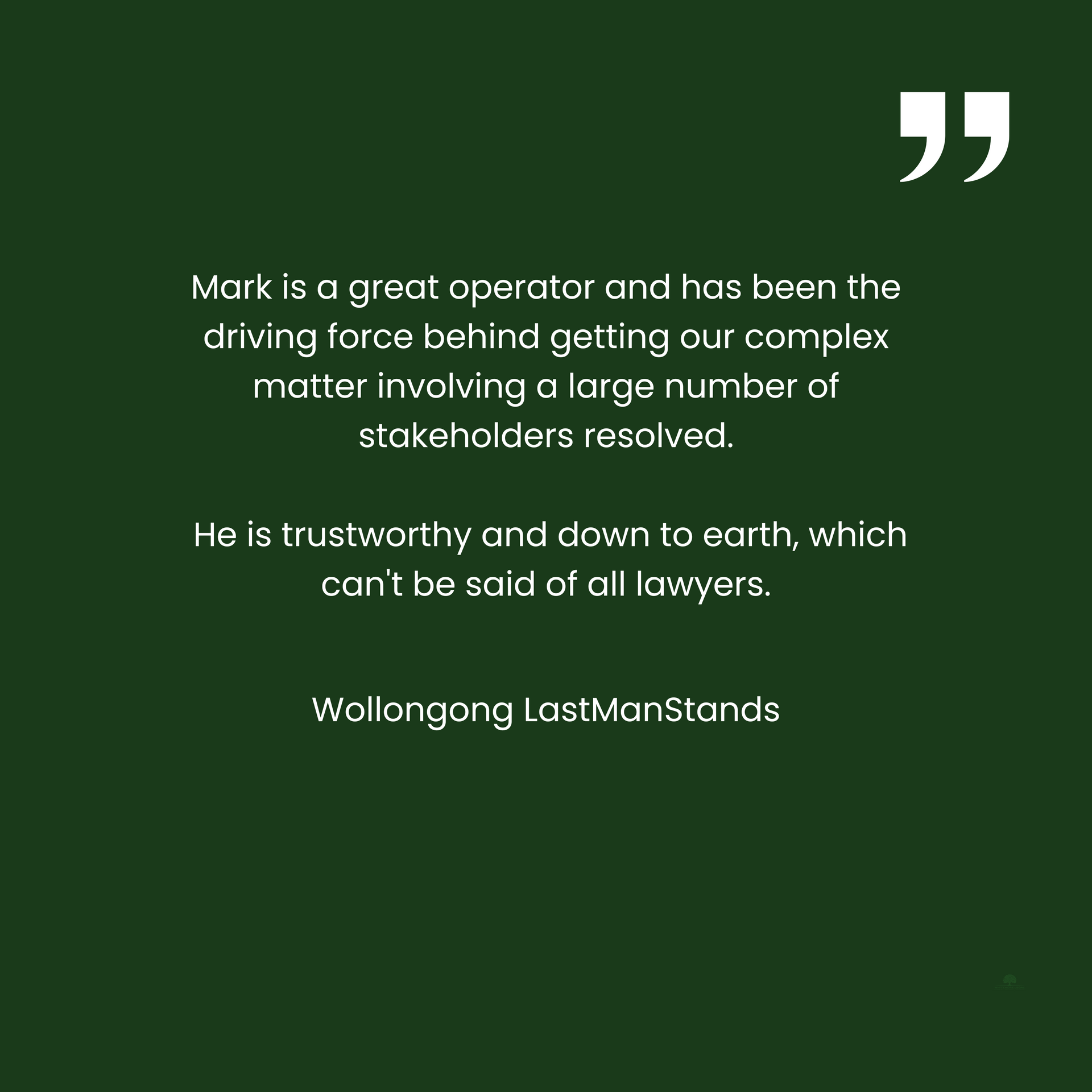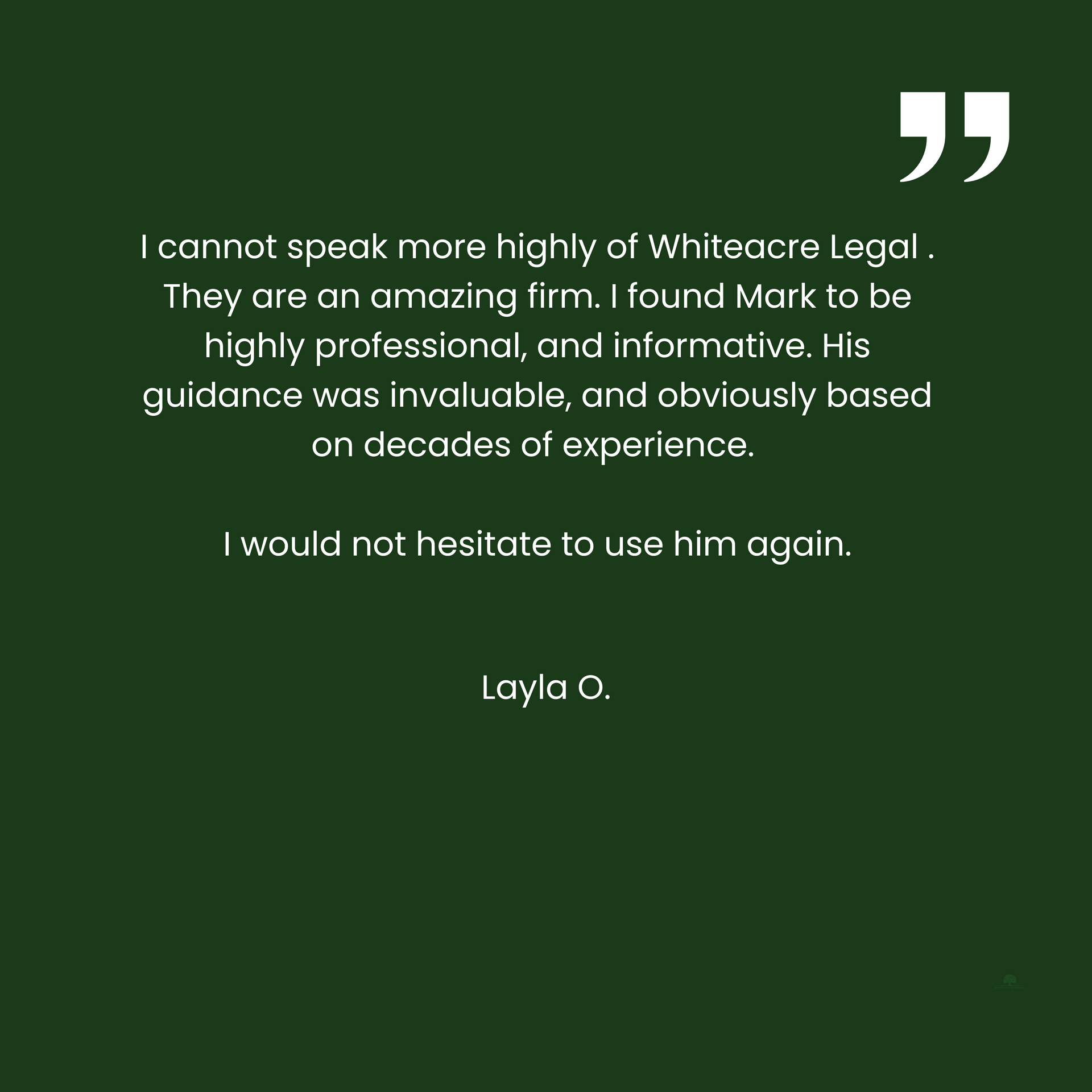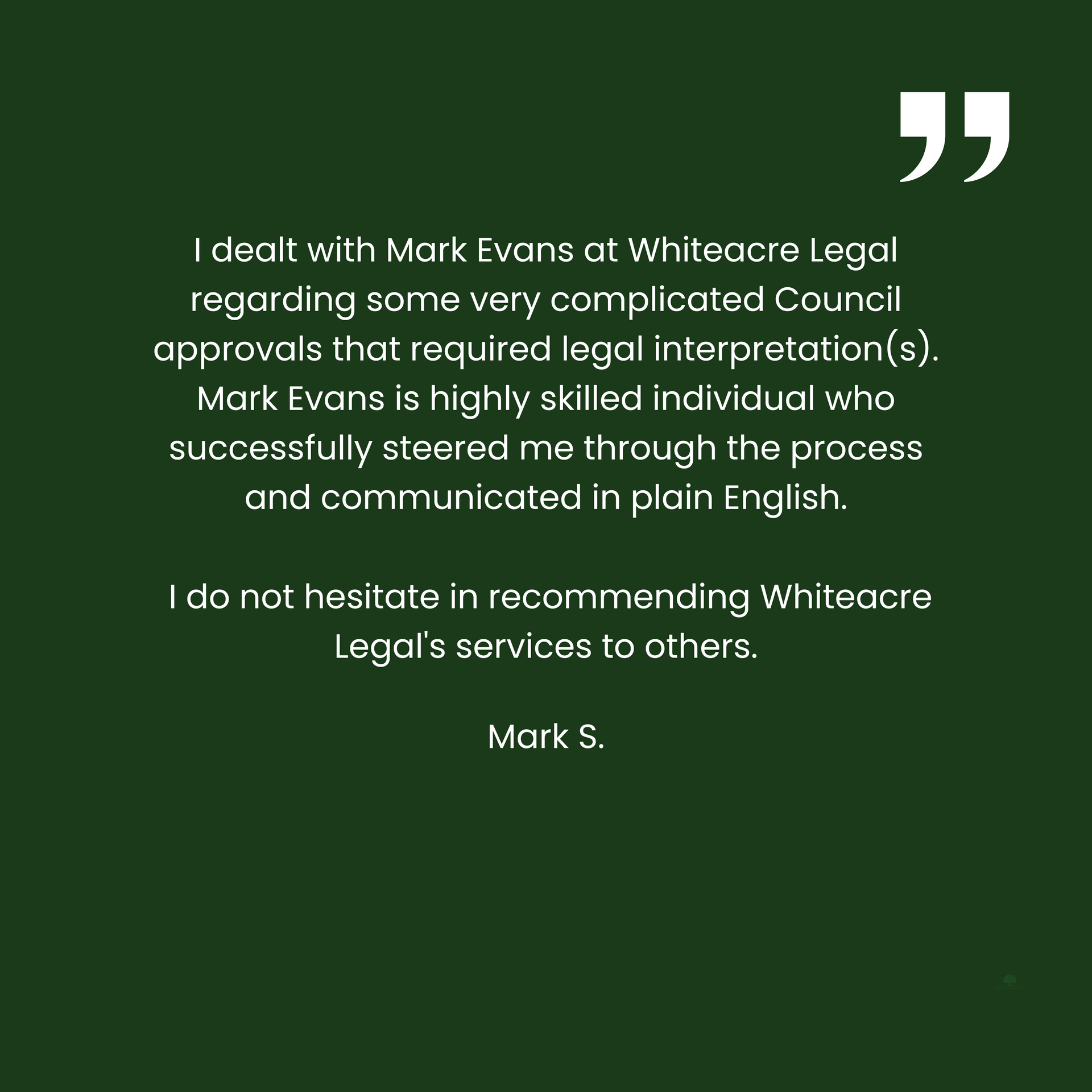A Guide to Easements and Ancillary Rights - Part 1
Introduction
Understanding the rights and obligations embodied within easements can be complex. Questions often arise regarding ancillary matters such as parking within the easement site, maintenance of the easement site and the ability to increase the scope of an easement.
This short article discusses some common questions on the subject of easements, specifically ancillary rights implied in easements.
Easements generally
Easements are, in essence, rights over another person’s land for the benefit of one’s own.
Most easements today are created via an instrument that is registered on title. When considering rights embodied in an easement created by instrument, the starting point must always be the terms of the instrument itself.
Words in the instrument should be given their ordinary, natural meaning and the terms of the easement read in the context of the creation of the easement and the circumstances existing at the time of the grant: Gallagher v Rainbow (1994) 179 CLR 624.
Unfortunately, not all easements contain clear, unambiguous terms and it is not always possible to divine the context in which the easement was created, nor is it always appropriate to have reference to that context.
Ancillary rights and obligations
Generally
As a general rule, the grant of an easement carries with it all ancillary rights reasonably necessary for its exercise and enjoyment: Lock v Abercester Ltd [1939] Ch 861 at 864. To be reasonably necessary, the claimed right must be more than merely reasonable or convenient: Burke v Frasers Lorne Pty Ltd [2008] NSWSC 988. Although the terms of an easement are often wide in scope (for example “a right to pass and repass at all times and for all purposes”), an easement should be limited to that which is reasonably necessary for the effective and reasonable exercise and enjoyment of the easement: Westfield Management Ltd v Perpetual Trustee Co Ltd [2007] 233 CLR 528.
For example, an easement for access to land may not expressly provide a right to enter the burdened land to maintain the easement site. However, if such maintenance is reasonably required to ensure continued use of the access path, such a right might be considered ancillary to the express rights in the easement.
When interpreting easements, care should be taken when relying on extrinsic materials or circumstances beyond what is registered on title. A fundamental pillar of the Torrens system of title is a principle that a party should be able to rely on what is recorded on the Register: Breskvar v Wall [1971] HCA 70-126 CLR 376. The High Court has expressed reservation with any approach that requires a party to look beyond the Register to establish facts or circumstances that may have existed at the time of the grant of the easement: Westfield Management Ltd v Perpetual Trustee Co Ltd 233 CLR 528; Sertari Pty Ltd v Nirimba Developments Pty Ltd [2007] NSWCA 324.
Parking in the easement site
The grant of a right of carriageway for the passage of vehicles may or may not include a right to park vehicles temporarily on the burdened land. Unless expressly provided for in the terms of the easement, this raises the question of when parking on the easement site might be permissible.
To determine whether a right to park (or stop and unload) within the easement site is implied in the easement it is important to consider a number of factors.
First amongst these considerations is whether parking within the easement site is reasonably necessary for the effective use and enjoyment of the easement by the owner of the benefited land. An important factor will be whether other legal means of accessing the benefited land are available. If other means are available, it may be hard to justify parking in the easement site or stopping to unload passengers or goods particularly if doing so materially impacts the use of the burdened land: Trewin v Felton (2007) 13 BPR 24,579.
Secondly, consideration should be given to the impact of that parking on the burdened land, particularly the extent of the interference on the burdened land actually affected by the easement: Registrar-General of New South Wales v Jea Holdings (Aust) Pty Ltd [2015] NSWCA 74. Consideration should also be given to whether the degree of interference with the area actually affected by the easement substantially deprives the owner of the benefited land of their rights of proprietorship or possession of the easement area to such a degree as to render the grant of the easement invalid: Copeland v Greenhalf [1952] Ch 488; Clos Farming Estates Pty Ltd v Easton [2002] NSWCA 389; Stolyar v Towers [2018] NSWCA 6.
For example, in Brice v Nikolaidis [2011] NSWSC 682, the Supreme Court of NSW held that a right of carriageway did not entitle the owner of the benefited land to park within the easement site because there was sufficient room to park a vehicle on the benefited land immediately adjacent the easement site.
In contrast, in Moncrieff v Jamieson [2007] 1 WLR 2620 the House of Lords found that a right of access to benefited land carried with it an ancillary right to park (permanently) on part of the burdened land. In that case, the benefited land was wedged between the burdened land and the sea. The only access to the benefited land was across the burdened land, through a narrow gate and down some steep steps. The House of Lords found that, in those circumstances, the use of the easement necessarily implied parking on part of the burdened land and that such parking did not unreasonably burden the owner of the burdened land.
Matters of degree are important. In Copeland v Greenhalf [1952] Ch 488 an easement allowing the owner of the benefited land to park vehicles along a strip of the burdened land (effectively taking up a large portion of the strip of land) was held to amount to a claim for joint possession of a large part of the burdened land and was thus not a claim that could be established as an easement.
Maintenance of the easement site
Unless the terms of the easement dictate otherwise, an easement does not normally impose on the owner of the burdened land an obligation to repair or maintain the easement site: Jones v Price [1965] 2 QB 618.
Rather, the owner of the burdened land must not do anything that would obstruct or hinder enjoyment of the easement. If the owner of the benefited land wants to use the easement, it must do the work necessary to ensure the easement remains useable: Duncan v Louch (1985) 6 QB 904. To that end, the owner of the benefited land has an implied right to enter the burdened land to do whatever is reasonably necessary to ensure continued use of the easement, but may not broaden or enlarge the ambit of the easement: Zeneare v Leate (1990) 1 BPR 9300.
The owner of the benefited land must not access the burdened land in a way that interferes with the use of the burdened land any more than is reasonably necessary. While there may be a right for the owner of the burdened land to be consulted and provide input, ultimately the choice of method of work or maintenance proposed remains with the owner of the benefited land: Burke v Frasers Lorne Pty Ltd (2008) 14 BPR 26,111. The rationale being that in performing maintenance, the owner of the benefited land is exercising its rights under the easement and will be the party responsible for paying for the maintenance.
In limited circumstances, the owner of the benefited land may be liable for damage to the burdened land where failure to maintain the easement results in damage to the burdened land. For example, if the owner of benefited land fails to maintain pipes laid on the burdened land resulting in leakage, the owner of the benefited land may be liable for damage caused by escaping water:
Comserv (No 1877) Pty Ltd and another v Wollongong City Council
[2001] NSWSC 302.
Conclusion
Whilst seemingly simple, easements often raise complex questions of interpretation and particularly with regard to ancillary rights and obligations.
Answers to these questions are not always straightforward and will depend heavily on the individual circumstances of each case.
Part 2 of this article explores other areas of this subject, for example liability for injury or damage and relocation of the easement site.
If you wish to discuss this blog or have any questions regarding easements or other property law related issues please contact Mark Evans below details.
Require further assistance? please do not hesitate to call us on (02) 9145 0900 or make an enquiry below.
Browse by categories

Servicing all of NSW, Whiteacre provides expert property law and planning and environment law advice and assistance.
✓ Planning Law Advice
✓ Land and Environment Court Appeals
✓ Voluntary Planning Agreements and Contributions
✓ Development Control Orders and Enforcement
✓ Property Development Advice and Due Diligence
✓ Title Structuring
✓ Easements and Covenants
✓
Strata and Community Title legislation
Book an initial consultation through our website with our planning law solicitor. Whether it's about planning and environment law or property law, you can approach us and discuss your matter to make sure we are a good fit for your requirements.

